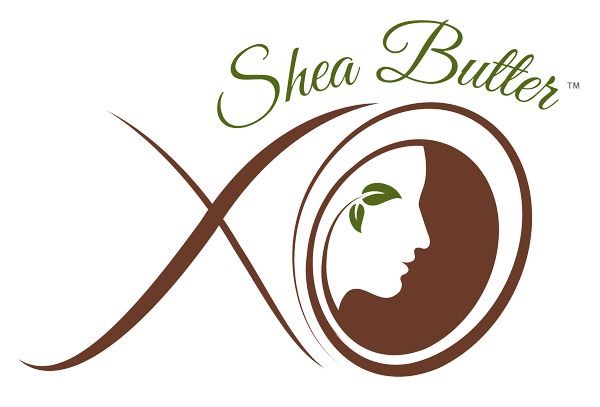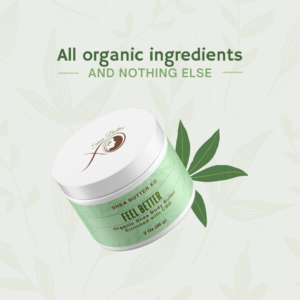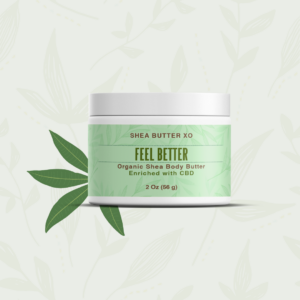You might have heard of them, you might have read about them, you might have used them even! Regardless, they are a vital part of the essential oils’ topical applications. This article will talk about all the different types of carrier oils and their applications.
WHAT ARE CARRIER OILS?
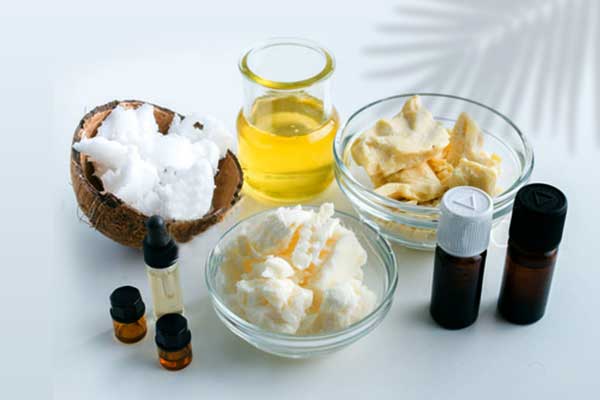
A carrier oil is an essential oil that can be used topically. When used in combination with other essential oils, it can help nourish and protect the skin. Although they are sometimes called vegetable oils, these are actually plant-based. Aside from being made from vegetables, other plant parts such as seeds and nuts can also be used in carrier oils.
Compared to essential oils, carrier oils are more stable. They can be applied on the skin for a longer time until most of them have been absorbed. Because of this, they are also referred to as fixed oils.
So what’s their connection with essential oils? Well, let’s take a look…
WHY ARE CARRIER OILS IMPORTANT?
Now you might be wondering what is all this buzz around carrier oils and what about them makes them so important. Well, there are four crucial purposes that a carrier oil solves…
- Diluting Essential Oils…
Although essential oils are known to be incredibly powerful healing agents, they are also highly concentrated. This means that they can only be used on a couple of drops at a time. Even with the small amount, they could cause various skin conditions such as itch and soreness. To minimize these effects, carrier oils are commonly used to dilute essential oils.
- Providing Stability…
The volatile nature of essential oils makes them evaporate quickly when exposed to air. This could lead to their loss of their properties, which could prevent them from being absorbed properly by the skin. Carrier oils having a more stable structure, provide stability to essential oils. The skin can take its time to absorb and benefit from it.
- Increase therapeutic and nutritional value…
Though not as concentrated and rich in nutrients as essential oils. Carrier oils bring their own set of therapeutic benefits and nutritional value to the blend. Improving the overall performance of the blend by a considerable margin.
- Make Application Easy…
This is a practical use of carrier oils. They can be easily applied to the skin by increasing the volume of the blend. It’s almost impossible to imagine rubbing two drops of something all over your body.
WHAT’S THE DIFFERENCE BETWEEN ORGANIC AND INORGANIC OILS?
An organic or unrefined oil is a product that has been extracted using minimal heat and is not subjected to harsh treatments. This means that it has the highest nutrient concentration.
Oils obtained by the Cold Expeller Pressing (temperature maintained between 26°C – 32°C) and Expeller Pressing (temperature maintained between 49°- 93°C) methods are deemed organic.
Inorganic or refined oils, on the other hand, are oils that have endured high pressures and temperatures or other treatments that would denature (deodourise, bleach, remove impurities) the oil in any way. Additionally, oils obtained through the solvent extraction method are also considered inorganic and impure as the solvent leaves behind some remnants in the oil. Depending on the number of refinement procedures it has undergone, the degree of nutritional constituents of the oil might vary.
ARE ORGANIC OILS REALLY BETTER?
Although organic oils are known to have better nourishment capabilities than their inorganic counterparts, they are not necessarily the best choice when it comes to formulating skincare products. For instance, when it comes to creating facial and body formulations, the former is preferred. On the other hand, when it comes to creating body and body care products, the latter is more suitable.
Aside from being cheaper, the shelf life of inorganic oils is also longer than that of their organic counterparts. This explains why it is better to use carrier oils instead of organic oils. In addition, since essential oils are often mixed with carrier oils, a refined version can help avoid the appearance of strong and unpleasant smells.
WHAT FACTORS NEED TO BE CONSIDERED BEFORE SELECTING A CARRIER OIL?
After all, the question of which oil to use has been resolved, and now it’s time to talk about the various aspects of carrier oils. This list will give you an idea of what to look for in a carrier oil.
- Clashing Scents- This is going to come across as a repetition but given its high priority on the list, it is important to bring this point up again. Since the smells we catch from essential oils can have a significant impact on our mind, and sometimes body too, it is not advisable to mix essential oils with carrier oils that have strong odours. Not just will it interfere with the effects of the essential oil, two strong odours might get unpleasant and cause physical discomfort.
- Penetration Speed – Carrier oils are what stick to the skin longer and allow enough time for the absorption of the essential oils. It is, therefore, important to take into account its penetration speed. Thicker carrier oils with a lower absorption rate might be good matches for less volatile essential oils. Essential oils which are highly volatile will require a blend with fast-absorbing carrier oils.
- Skin Type – Another important point to keep in mind is the type of skin that you are dealing with. When it comes to choosing carrier oils, it’s important to consider the specific type of oil that will be used on your skin. For instance, while some oils can help with dry skin, they might not be as effective on acne-prone or oily skin.
- Shelf-Life – Again, a repetition of sorts… when using in skincare products, oils that can last longer without going bad are always a better choice. That does not necessarily mean that all skincare products have to use refined oils. Some organic oils, naturally, last longer than certain others.
CARRIER OILS Shea butter X0 OFFERS AND THEIR BENEFITS
Generally speaking, some oils are preferred for use in skincare and cosmetic products due to their high-ranking on all aforementioned selection factors. Here’s a list of oils that Shea butter X0 blends have…
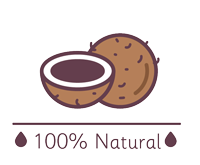
Coconut Oil – The most popular carrier oil used in various products, such as skincare and aromatic massage, is coconut oil. This natural oil has a wide range of properties, such as its anti-inflammatory and antimicrobial properties. It can be used in combination with other skin care products to treat various skin conditions, such as acne. However, before using coconut oil on the face, it is important to thoroughly clean your skin. It is comedogenic (clogs pores).
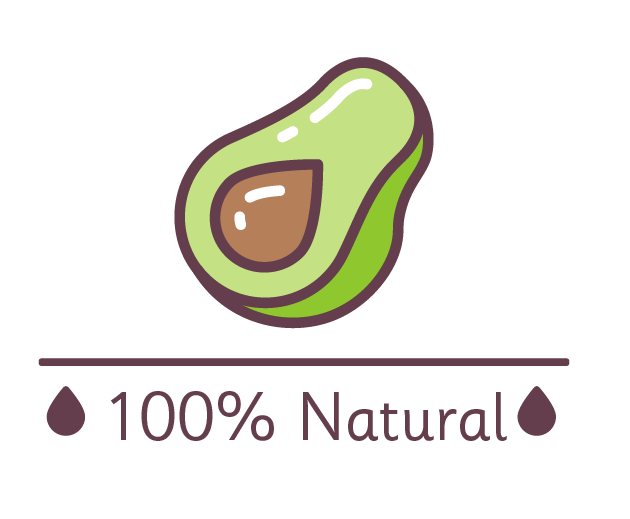
Avocado Oil – A rich in nutrients, such as vitamin A, E, and D, Avocado Oil can help nourish and tone the skin. It can also help prevent multiple skin conditions, such as wrinkles and acne. It can also help promote the growth of collagen and improve the skin’s natural healing process.

Jojoba Oil – One of the most popular skincare products is Jojoba oil, which is a light-weight oil that can be easily absorbed into the skin. It’s known for its deep cleansing properties and is also non-comedogenic, which means it can help control the production of excess sebum. This oil is also an anti-inflammatory agent, which can help improve the appearance of acne-prone skin.
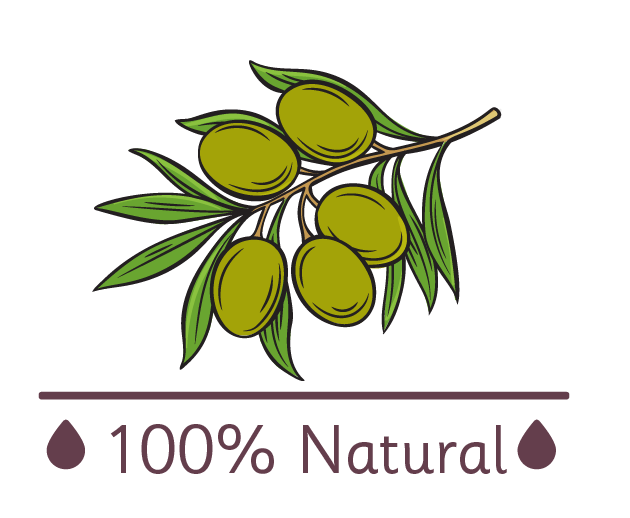
Olive Oil – Olive oil is known for its ability to deeply nourish and tone dry and chapped skin. Its high antioxidant content helps protect the skin from free radical damage and prevents it from getting damaged. However, its thick and greasy texture can make it prone to acne.
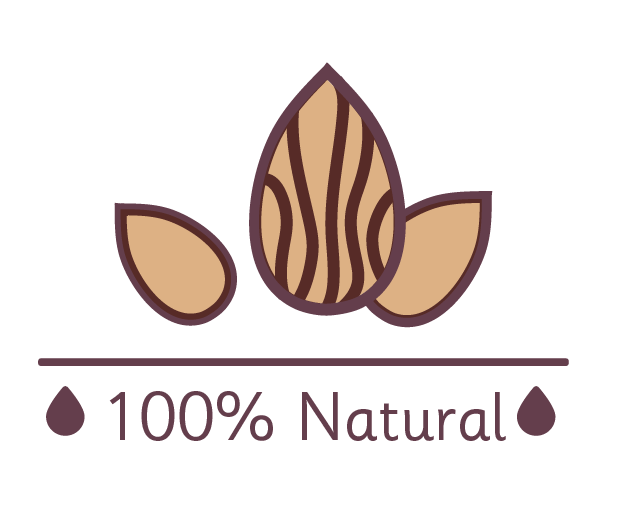
Sweet Almond Oil – Almond oil is known to improve skin’s appearance and reduce wrinkles by acting as an effective anti-inflammatory agent and containing high levels of Vitamin A, E, and Omega 3. While its main benefit is that it can help nourish and tone the skin, it can also help reduce the appearance of under-eye circles and puffy eyes. It can also help prevent future acne outbreaks and improve the appearance of scars.
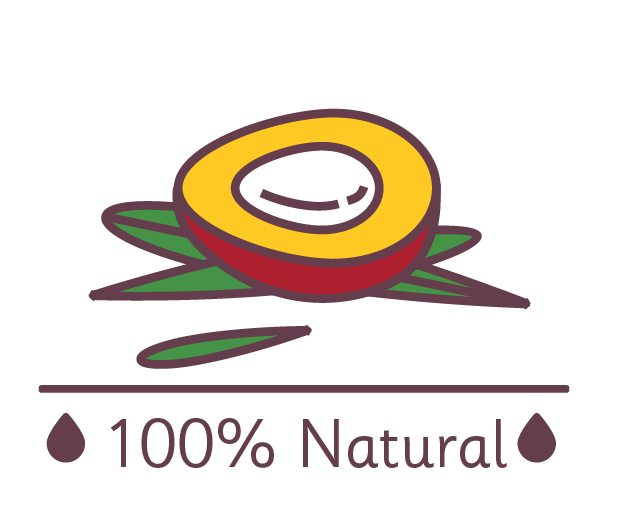
Palm Oil – Another surprising oil for skin care is palm oil, which can help nourish and tone the skin. Often underestimated, this natural oil can help improve the appearance of dry and sensitive skin. It can also be used to treat various skin conditions such as psoriasis and eczema. It can also help prevent acne and improve the appearance of wrinkles by acting as an effective anti-inflammatory agent and containing high levels of Vitamin A, E, and Omega 3. Palm oil can also help heal wounds.
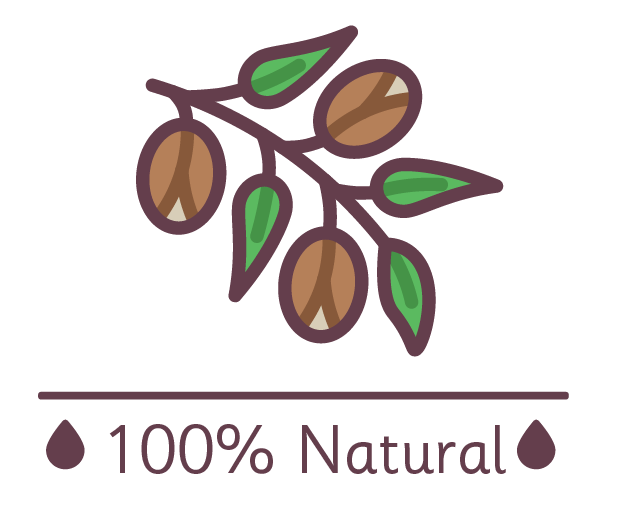
Argan Oil – Aside from being used in skincare products for its anti-aging properties, argan oil also has other benefits. It can help minimize the appearance of fine lines and wrinkles, treat acne, and reduce the appearance of stretch marks. It can also help nourish and tone the skin.

Wheat Germ Oil – Unfortunately, many people don’t realize that wheat germ oil can also help nourish and tone their skin. It can also help prevent the appearance of premature aging and fight against free-radical damage. This oil is a great addition to acne treatment products as it is non-comedogenic and can help minimize the appearance of fine lines and wrinkles.
In case you are in any doubt or confusion about what oil would work best for you, feel free to write to us. We would be happy to help you out.
NOTE*: Shea butter X0 currently offers blends with carrier oils that have been mentioned here. If and when we add more carrier oils to our inventory, we shall update this list.
